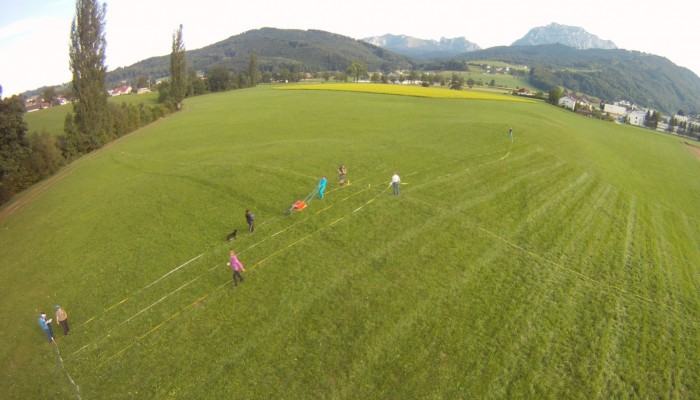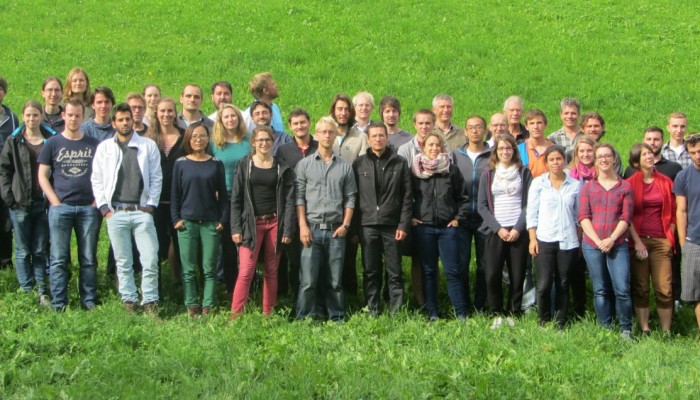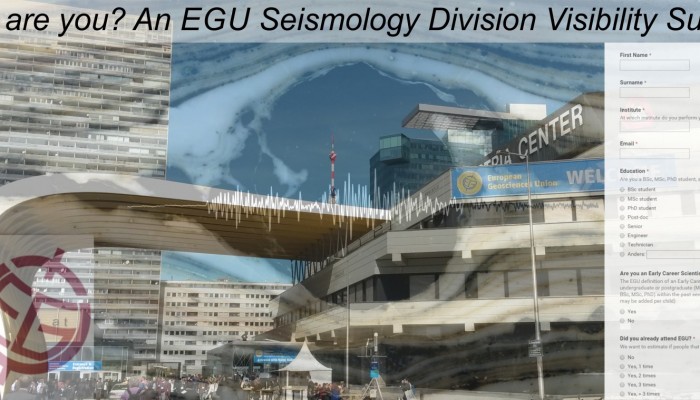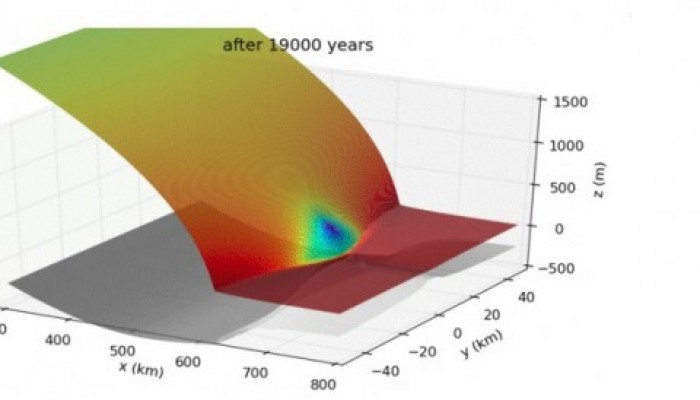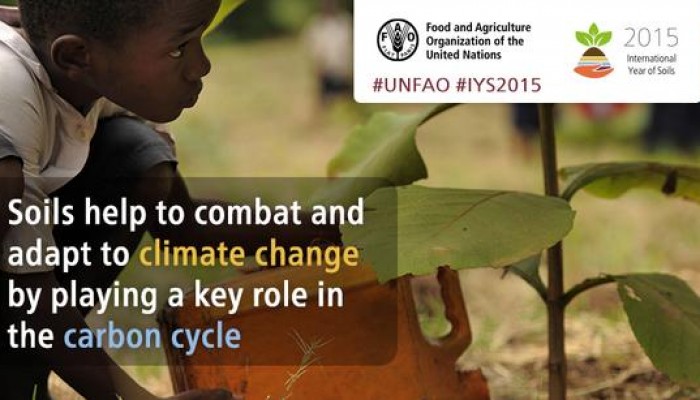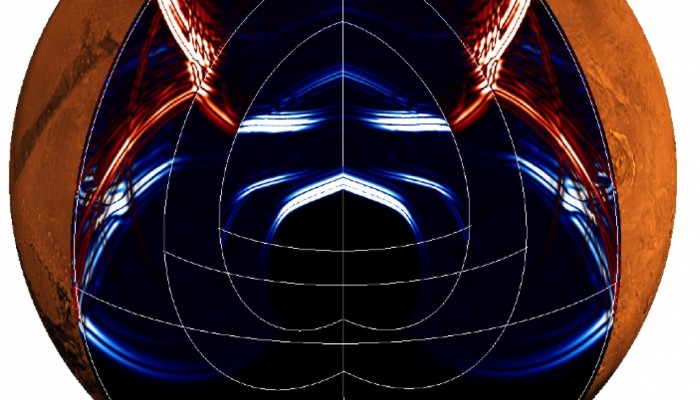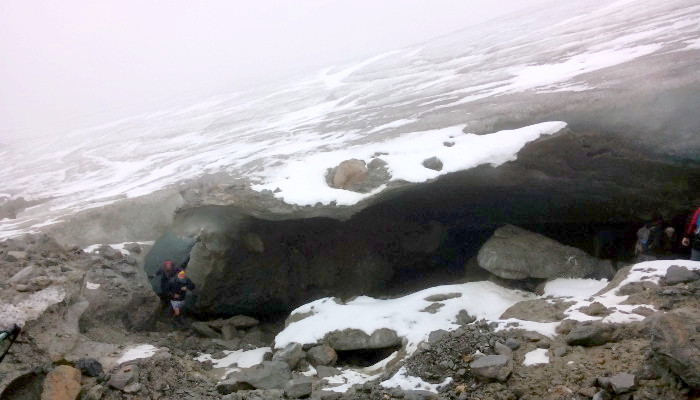From Wednesday to Saturday 9-12 September 2015, the geography departments of the Universities of Bonn/Germany and Salzburg/Austria, held a joint field course in geomorphology in the eastern European Alps. During these four days, 24 students master students, half from each participating university, gathered in Gmunden, Austria. Here, in the beautiful Salzkammergut, the course addressed topics of ge ...[Read More]
Energy, Resources and the Environment
Drilling into magma: the future of electricity production from volcanic geothermal systems?
Words on Wednesday aims at promoting interesting/fun/exciting publications on topics related to Energy, Resources and the Environment. If you would like to be featured on WoW, please send us a link of the paper, or your own post, ERE.Matters@gmail.com *** Citation: Scott, S., Driesner, T. & Weis, P. Geologic controls on supercritical geothermal resources above magmatic intrusions. Nature Commu ...[Read More]
Cryospheric Sciences
Karthaus Summer School 2015
After a train, the London Underground, another train, a flight, three more trains and a taxi (shared with people I had met on my way); I had arrived in a small Alpine village in the very north of Italy. The reason for this rather convoluted journey? To attend the Karthaus Summer School on ice sheets and glaciers in the climate system. I’m pleased to say it was definitely worth the trip getting the ...[Read More]
Seismology
Who are you? An EGU Seismology Division Visibility Survey
When a PhD student publishes a new paper, of course he/she would like that other scientists will read the work. However, in a busy academic world with many institutional obligations, it might be hard to promote the work and the research you are performing. Social media and blogs, however, can play an important role in research visibility and therefore we can help you! As Early Career Scientists of ...[Read More]
Cryospheric Sciences
Image of the week : formation of an ice rise
Deglaciation and formation of an ice rise with the ice-sheet model BISICLES. The simulation starts with an ice sheet in steady state that overrides a topographic high in the bed, close to the calving front. The sea level is then forced to rise steadily with 1 cm per year during 15 thousand years, and the simulation goes on until the ice sheet reaches steady state. The animation below shows that t ...[Read More]
Soil System Sciences
Soil facts
As part of the activities of the International Year of Soils, FAO has published the following Soil Facts. Contribute with your comments!
Seismology
Brewing wiggles on Mars
Creating 1 Hz-seismograms in a 3-D Earth model, and comparing them to observed body waves, is a dream that’s today still too expensive for routine use. But even tackling the problem for a spherically symmetric Earth poses certain challenges. Recently, a new tool entered the stage (you might have followed the Solid Earth discussion): Instaseis allows users to extract seismograms for a spherically s ...[Read More]
Geomorphology
Global Soil and Sediment Transfers in the Anthropocene (GloSS) – Report from the kickoff meeting in Bonn
Open kickoff meeting of the PAGES working group held in Bonn, Germany, 19th – 21st Aug. 2015 The open kickoff meeting of the PAGES working group GloSS aimed to set the boundary conditions that will enable the GloSS-WG to meet its scientific goals within the next three years. Therefore, this workshop focused on the development of a list of proxies/indices of human impacts on soils and sediments tha ...[Read More]
Cryospheric Sciences
Image of the Week: Hochjochferner
The margin of the glacier “Hochjochferner” on the border between Austria and Italy. This glacier has been monitored with an Automatic Weather Station for several years by the Institute for Marine and Atmospheric research in Utrecth, NL.It is also the destination of the field trip that takes place during the annual Karthaus summer school in ice and climate. Here, students are exploring ...[Read More]
Geomorphology
Irish Geomorphology Scientific Workshop & Irish Quaternary Association meeting: Extreme Events 25th-27th November
Dear Colleagues, The annual Irish Geomorphology Group (IGGy) Workshop will be hosted at the Geological Survey of Ireland (GSI) in Dublin on the 25th and 26th November 2015 under the theme of ‘Extreme Events’ (a geomorphological perspective). The IGGy workshop will be followed by a themed IQUA (Irish Quaternary Association) meeting on November 27th, also at the GSI and also on ‘E ...[Read More]

